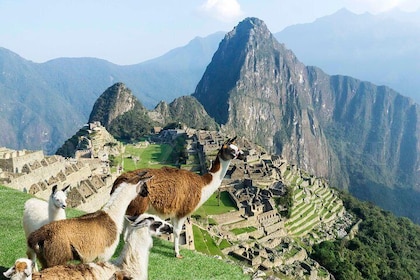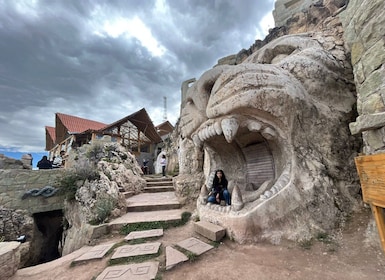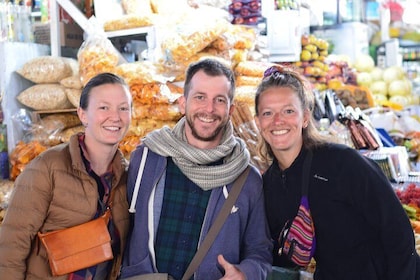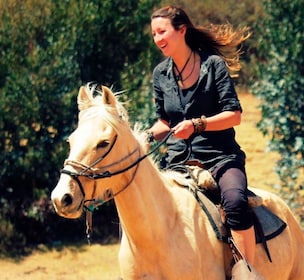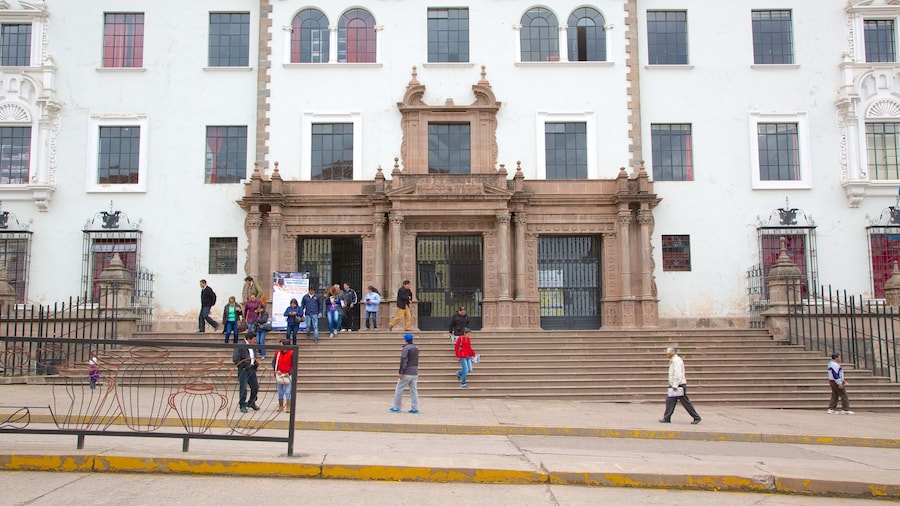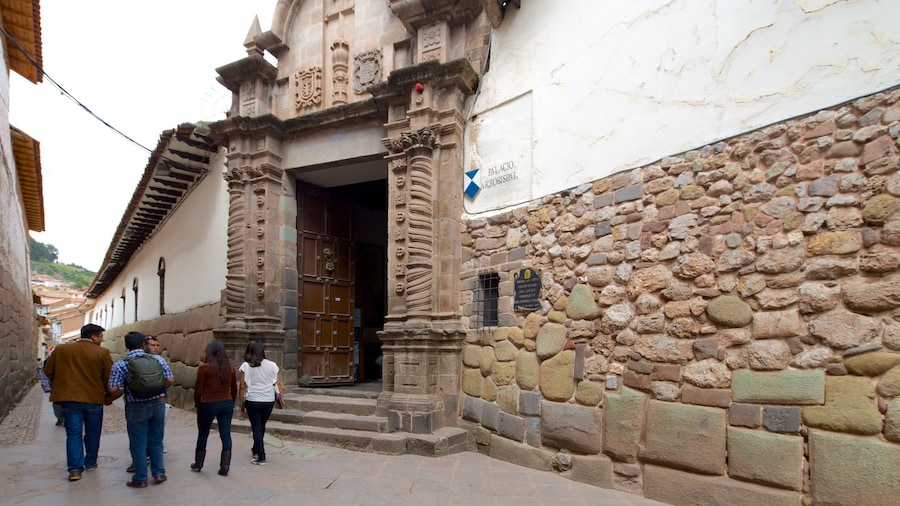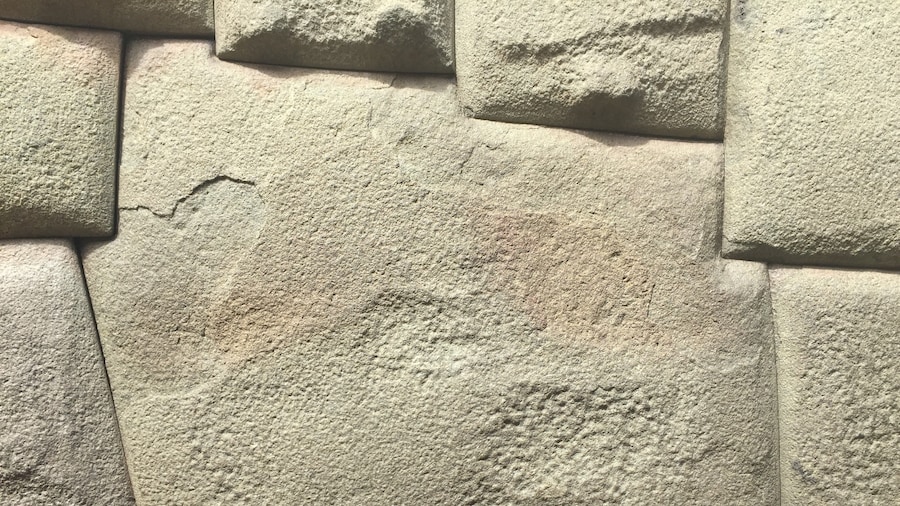Discover the remains of an important Incan temple dedicated to the sun, admire its construction and learn about its fascinating history.
Qorikancha was the most important and elaborate temple of the Inca Empire. Qorikancha means golden courtyard and at the time of the Incas, the walls were covered in solid gold sheets. When the Spanish colonized the area, they demolished and looted parts of the temple and constructed the convent of Santo Domingo on top of it. The convent is still there today. Marvel at the original stonework, walk down corridors and through the chambers of Qorikancha and find clues to its former splendour.
Observe the original curved outside wall and stone façade. Imagine how they would have looked covered with 700 sheets of gold when the Incas ruled. During the early years of the Spanish conquest, the precious metal was stripped away, melted down and shipped to Europe by the Spanish colonists. Look closely and you can see dimples on the stones that would have held the gold in place.
Inside, wander through the restored chambers and corridors that lead off the main courtyard. The largest rooms are thought to have been temples to the moon and would have been covered in silver. All that remains today is the mortarless masonry, tightly interlocking blocks of stone that are typical of Inca construction. The stones fit together so well that you can barely squeeze a sheet of paper between the joints.
Venture into the smaller chambers on the opposite side of the courtyard. These chambers were originally temples dedicated to thunder and the rainbow. Look for the three holes in one of the stone blocks. Historians think they might have been used to drain away rainwater, beer or even blood after sacrifices.
A small admission fee applies to tour Qorikancha and English-speaking guides are available for a supplementary fee. To view a collection of artifacts from the site, visit the Museo de Sitio de Qoricancha, a small museum across from the temple. Qorikancha is situated a couple of blocks south from Cusco’s city centre and is open every day but only in the afternoon on
















